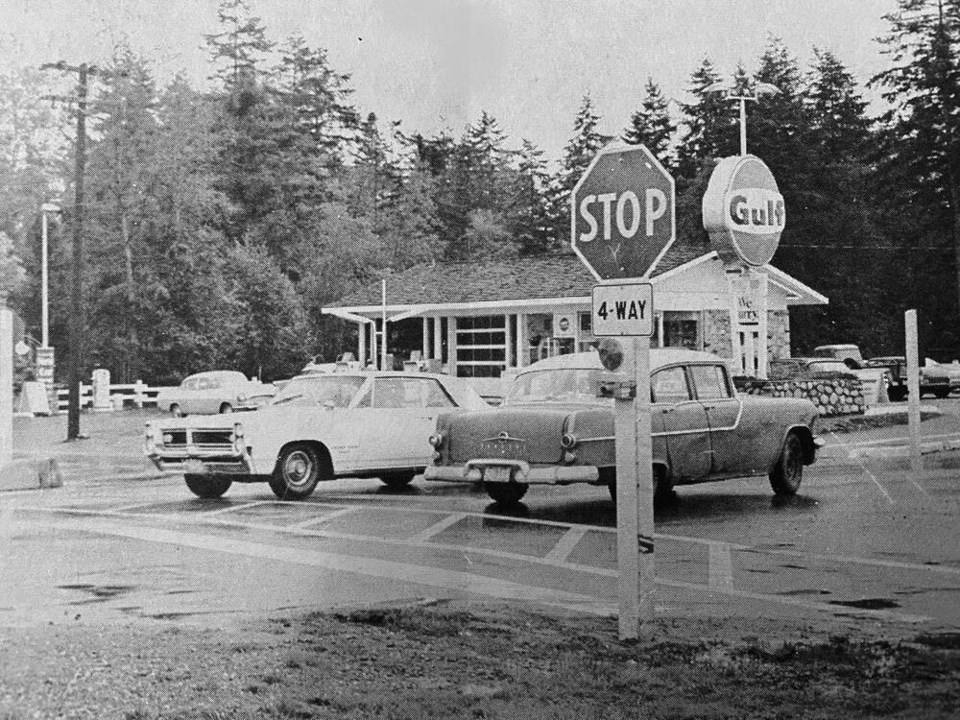Let’s once again head back to the September 1969 pages of the Optimist when safety upgrades were undertaken at the intersection of 56th Street and 12th Avenue in Tsawwassen.
After considerable pressure by residents and MLA Bob Wenman, four-way stop signs were installed.
It was reported at the time the new feature initially caused driver confusion, prompting the installation of “Stop Ahead” signs.
Jumping ahead to the present, the City of Delta could be implementing extensive measures to the busy intersection.
Members of the Mobility and Accessibility Committee last year discussed with city engineering staff the city’s plan to create a Vision Zero Strategy, aimed at making roadways safer and reducing accidents and fatalities.
A report by Binnie Consulting Ltd. that outlined the top 20 Delta crash sites, as well as potential countermeasures that could be implemented in the short, medium and long-term when it comes to intersections.
Of the top 20 highest crash locations in Delta, using ICBC and Delta Emergency Services collision data, the intersection at 56th Street and 12th Avenue ranked 17th on the list.
Committee members raised concern about the intersection, noting it could be beneficial to change the traffic signs at the location to indicate “no right turn on red.”
Saying the city already started making safety improvements at intersections, engineering staff pointed to details outlined in the report that could be explored to further enhance safety.
The identified short-term measures include painted ladder crosswalk markings, which provide high visibility to approaching vehicles compared to standard parallel pavement markings. The markings also improve the yielding behavior to pedestrians, and is also known as a “zebra crosswalk marking.”
Another potential short-term measure includes leading pedestrian interval (LPI), a modification to pedestrian signals within the traffic signal cycle, which typically gives pedestrians a four-to-six second head start than the same direction of traffic at the green signal.
The LPI increases the visibility of crossing pedestrians and allows them to have a higher priority within the intersection, the report notes, adding an LPI requires an adjustment to existing signal timing, which is a comparably lower cost than other countermeasures such as protected-only left turn phasing.
Medium-term possibilities include median refuge islands. Those are a protected space placed in the median of a two-way street that allows pedestrians and cyclists to navigate only one direction of traffic at a time.
Long-term ideas could include single-lane roundabouts, which the report notes have been proven to reduce vehicle speed and eliminate specific collision types, such as left-turn collisions and head-on crashes.




